[ad_1]
This post may contain affiliate links. We may receive a small commission, at no cost to you, if you make a purchase. Read Disclosure.
The UK is an incredible place for hiking. With over 100,000 miles of public footpaths and trails, there are endless options for hiking throughout this beautiful country.
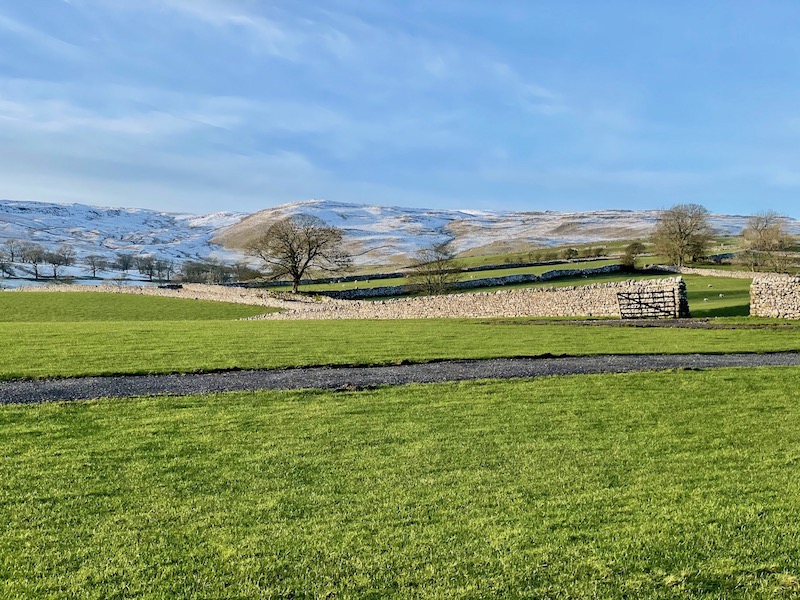
This post describes some of the best places to hike in the UK. I grew up in England and have hiked extensively in all of these destinations. While some are more accessible than others, all can (at least theoretically) be accessed via the UK’s extensive public transport network.
But in truth, wherever you choose to visit – from the picture-postcard countryside of southern England to the remote wilderness of the Scottish Highlands – you will find amazing scenery and hiking trails to suit all ages and abilities.
So pack your hiking boots and get ready for an unforgettable journey!
The Lake District
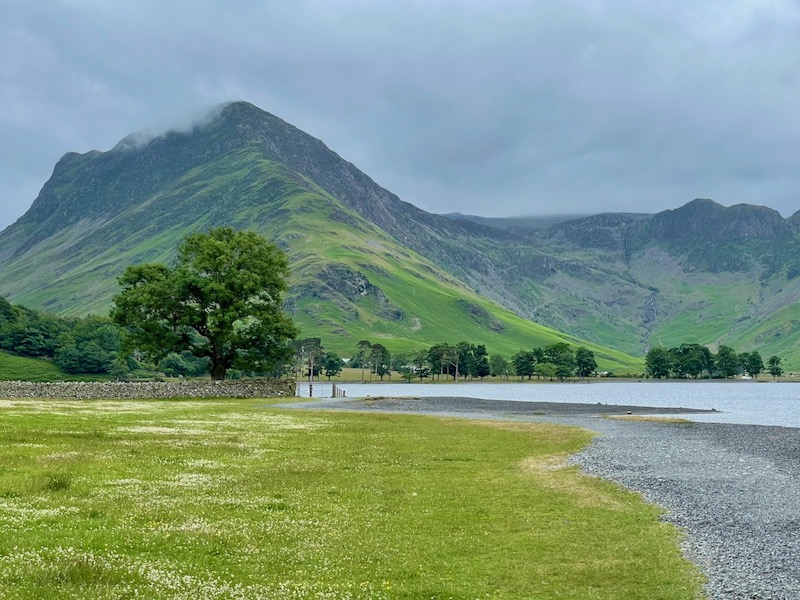
The Lake District is one of the most popular hiking destinations in the UK and it’s easy to see why. With its gorgeous scenery, quaint little villages, cozy pubs, and an abundance of local wildlife, there really is something for everyone.
The Lake District is famous for its 16 picturesque lakes, surrounded by some of the highest peaks in England. It’s the second largest National Park in the UK and spans over 900 square miles. Whether you’re looking for a challenging hike or a leisurely stroll, you’ll find it here.
There are literally hundreds of hiking trails in the Lake District. Some of the best include:
- Scafell Pike: Standing at 978 metres above sea level, Scafell Pike is the highest mountain in England. The hike to the summit is rocky and tough, but the views are incredible. On a clear day, you can see all of the Lake District and even across to the mountains of Snowdonia in Wales (see below).
- Helvellyn: There are several routes up to the summit of this mountain, ranging from moderate to hard. If you’re looking for a challenge, consider tackling the famous Striding Edge route, which involves an exhilarating ridge walk and a bit of scrambling. (Only to be attempted in good weather conditions, and not in the winter unless you have the necessary experience and equipment.)
- Buttermere Lake Loop: This is an easy, flat hike around Lake Buttermere. This is one of the less-visited, quieter parts of the Lake District, but it’s my favourite. The scenery is beautiful and (outside of weekends and holidays) you can enjoy it almost entirely to yourself.
The Yorkshire Dales
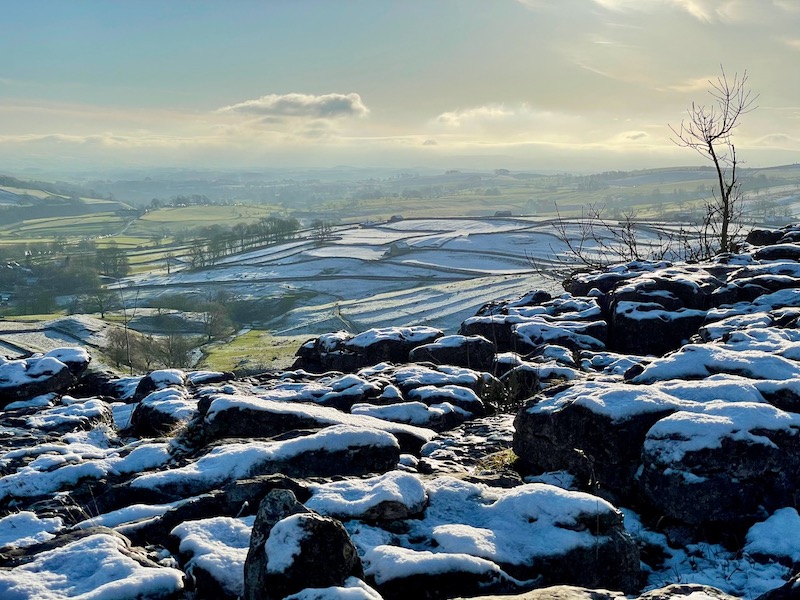
The Yorkshire Dales is another popular hiking destination in the UK. This National Park is famous for its varied scenery, with green rolling hills, idyllic villages, lush fields and pastures, tranquil rivers, dramatic valleys, waterfalls and gorges.
You’ll see many dry stone walls when hiking in Yorkshire, the origins of which date back to the Neolithic Age and are still used today to enclose fields and farmland.
There are plenty of trails to choose from in the Yorkshire Dales. My personal favourite is the circular hike from Malham via Gordale Scar and Malham Cove.
This 7-mile route (which can be extended to 12 miles if you like) takes in a beautiful waterfall (called Janet’s Foss), an impressive narrow limestone canyon with a waterfall (Gordale Scar), and the iconic limestone pavement at the top of Malham Cove.
Fans of Harry Potter might recognise this as the location of an important scene in the Deathly Hallows Part 1 movie…
If you’re looking to push yourself a little, consider attempting the Three Peaks Challenge. This involves hiking up the three highest peaks in the Yorkshire Dales: Ingleborough (748 metres), Whernside (736 metres), and Pen-y-ghent (694 metres).
It’s a fairly popular challenge with both locals and visitors alike, and many people attempt to complete it in under 12 hours.
Of course, if you’d prefer something a little more chilled and manageable, you could always pick one of the three peaks. Each has a good trail to their summit and the views from the top of all three are excellent.
The Isle of Skye
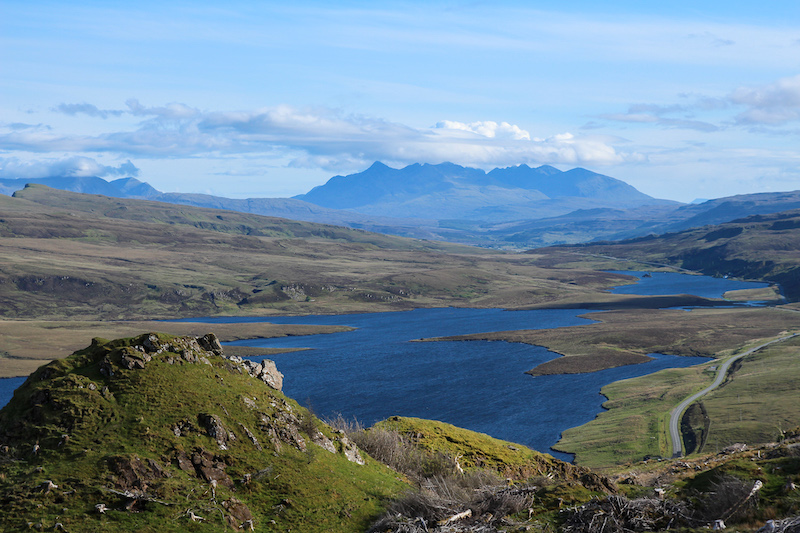
Located off the north-west coast of Scotland, the wild and rugged Isle of Skye is home to some truly epic hikes. The largest island of the Inner Hebrides, Skye has no shortage of dramatic landscapes, with jagged mountains, an untamed coastline, and breathtaking vistas.
The most popular hiking trails on Skye can become fairly busy, especially during weekends and public holidays. If possible try to avoid these times if you prefer peace and solitude. That said, it’s still fairly easy to get off the beaten track, especially if you’re looking for longer and more challenging hikes.
Scotland’s wild camping laws mean that you are allowed to camp in the wilderness in most places throughout Scotland. Importantly, these laws do not cover camping in/with a vehicle.
But if you have a good tent, spending a night or two in the wilderness is one of the best ways to immerse yourself in Scotland’s natural beauty. Just remember to be responsible, considerate, and leave no trace.
Some of the best places for hiking on the Isle of Skye include:
- The Old Man of Storr: It’s a fairly short and sharp climb from the parking area up to the “Old Man” – a large pinnacle jutting out of the mountainside. Legend has it that this famous landmark is all that remains of a giant who used to live in the area… Either way, the views from the top across to the mainland and the mountains of Torridon are simply incredible.
- The Quiraing: This unique and otherworldly plateau was formed by an ancient landslide. It’s a spectacular place to hike, with jagged pinnacles, strange rock formations and hidden valleys. The hike itself is quite short, but can be challenging in places, with steep drop-offs and loose rocks.
- The Fairy Pools: One of the most popular trails on the Isle of Skye. This easy trail takes you to a series of crystal-clear freshwater pools, fed by several waterfalls. If you want to extend the hike, there are plenty of options. You could continue upstream to the source of the waterfalls, or follow one of the many paths that criss-cross the lower slopes of the jagged Black Cuillin mountains.
Snowdonia
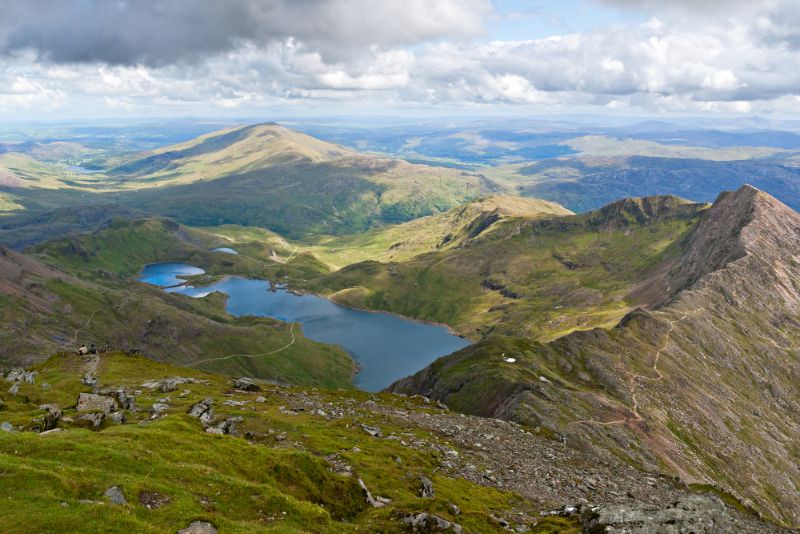
Snowdonia is a large, mountainous National Park in north Wales. Home to the highest mountain in Wales, Mount Snowdon (or Yr Wyddfa in Welsh), Snowdonia is another fantastic place for hiking.
With impressive scenery and a large range of trails, it’s perfect for both experienced hikers and beginners alike.
For many, climbing Snowdon itself is a big draw. However, there are several different routes, ranging from moderate to challenging.
The Miner’s Track is one of the easiest (and most popular) trails to the summit. This well-marked trail starts off very gently, passing a couple of picturesque lakes before ascending more steeply via a series of zig-zags.
If you’re looking for something more challenging, consider tackling the Snowdon Horseshoe. This route first climbs up to the summit of Crib Goch, and then follows an extremely exposed knife-edge ridge all the way along to the shoulder of Snowdon. After summiting Snowdon, you continue along to the third and final peak – Y Lliwedd – before a long descent.
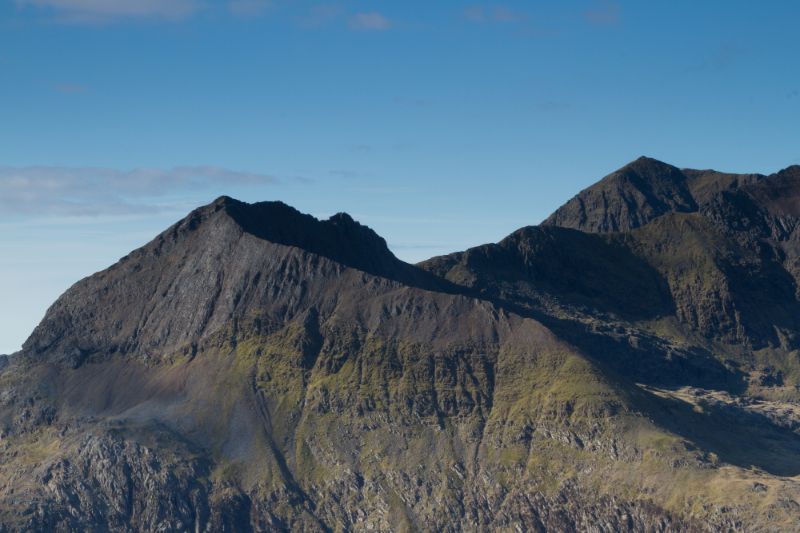
Note: Crib Goch is rated as a grade 1 scramble, which means that you need to use your hands to climb certain sections.
Although these sections are not particularly difficult, in some places there are near-vertical drops down hundreds of metres, and the consequences of falling (or being blown) off could be very severe, even fatal. Only attempt this route in good weather conditions. You’ll need a head for heights!
Glenfinnan (home of the Harry Potter railway viaduct)
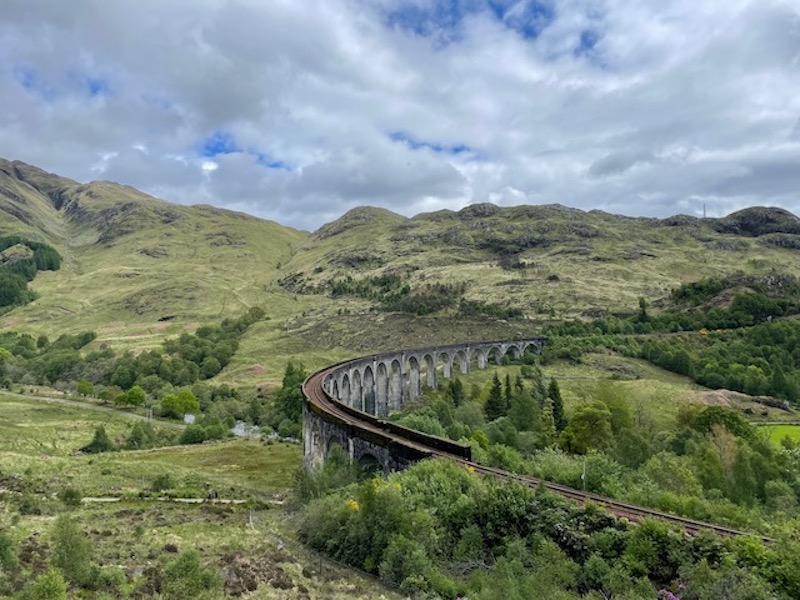
Glenfinnan is a small village in the Scottish Highlands. Here you will find a stunning railway viaduct that has featured in several famous movies and TV shows. (Another one for the Harry Potter fans: you’ll probably recognise this place too!)
In addition, this beautiful corner of the Highlands has some incredible hiking trails. There’s a huge range, from short and easy walks to very strenuous multi-day treks.
An excellent short route is the Glenfinnan Viaduct Trail. This offers superb views of the viaduct (from above and below), as well as the picturesque Loch Shiel and surrounding mountains.
For experienced and fit hikers who are looking for a challenging multi-day trek, Glenfinnan is also the starting point of the arduous three-day hike to Inverie, on the remote peninsula of Knoydart.
Often referred to as the “Rough Bounds” this is one of the last true wilderness areas in the UK. You’ll need to bring camping gear and all supplies with you as there’s nowhere to restock en route.
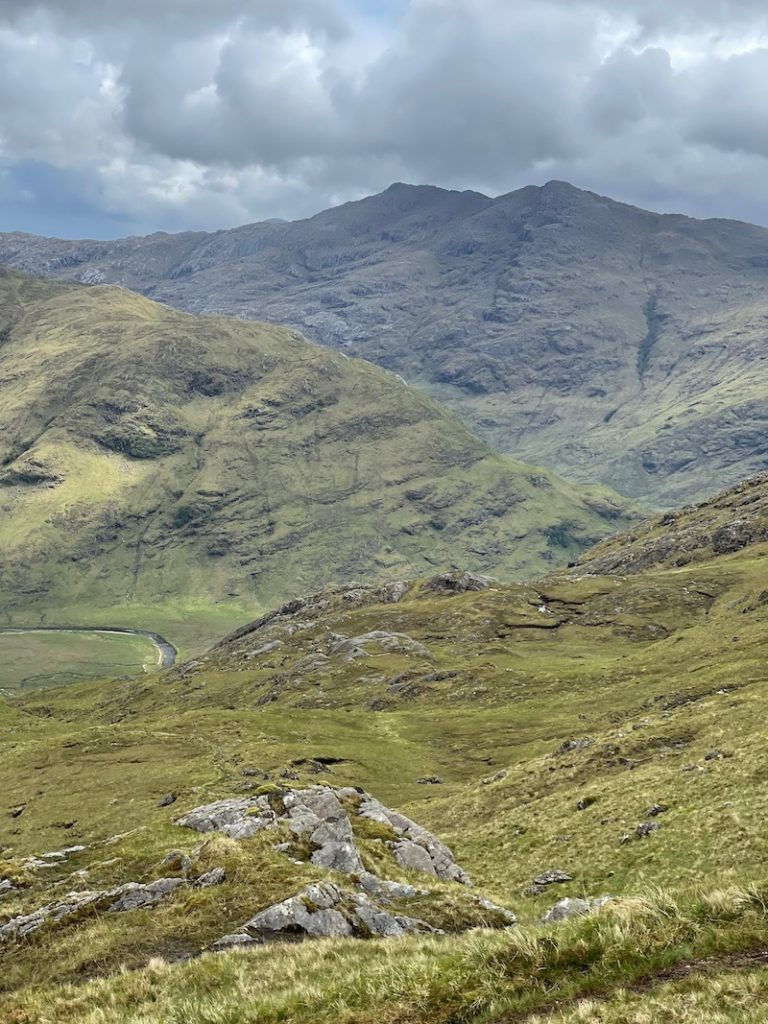
The hike into Knoydart is really epic. However, I’d only recommend attempting this when the weather is good. I tried it earlier this year, but had to turn back on day 2 because, after a prolonged period of heavy rain, one of the rivers had risen so high that it was impassable… I’ll definitely be back for another attempt soon though!
Glenfinnan is also fairly close to Ben Nevis, which at 1,345 metres is the highest mountain in Scotland (and the UK). The main route up Ben Nevis is a very popular hike and starts from the small town of Fort William.
To be honest, this isn’t my favourite hiking trail, as it’s nearly always busy and can feel pretty crowded. But, if you want to climb the tallest mountain in the UK, go for it.
Long distance hiking trails in the UK
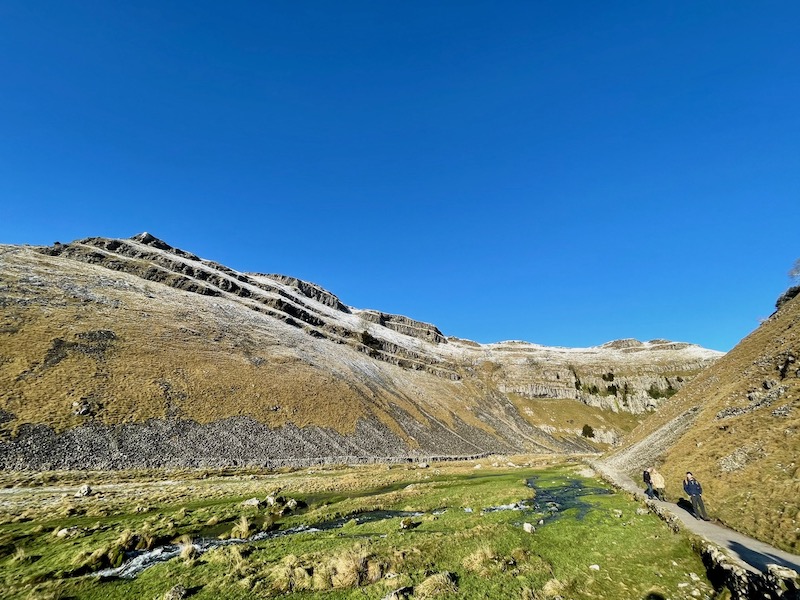
The UK is home to some incredible long distance hiking trails, which are among the most popular and scenic in all of Europe.
These include:
- The Pennine Way: One of the most popular long distance hiking trails in the UK. The trail runs for 268 miles from Derbyshire in England all the way up to the Scottish Borders in Scotland. The section of the Pennine Way that runs along Hadrian’s Wall is one of the most popular.
- Hadrian’s Wall Path: An 84-mile coast-to-coast trail stretching across one of the narrowest sections of northern England, from Wallsend in Northumberland to Bowness-on-Solway in Cumbria. The trail largely runs alongside Hadrian’s Wall, the ruins of an ancient Roman wall built almost 2,000 years ago (in AD 122) to defend the Roman Empire from barbarians north of the wall.
- The West Highland Way: Probably the most famous (and popular) long-distance hiking trail in Scotland. Stretching 96 miles from Milngavie to Fort William, this incredible trail passes through a huge variety of scenery, including the picturesque shores of Loch Lomond and the dramatic wilderness of Glencoe.
- The South-West Coastal Path: An extremely long-distance trail that runs 630 miles (!) all the way around the coast of south-west England, from Minehead in Somerset to Poole in Dorset. If you don’t fancy tackling the entire distance (and I wouldn’t blame you), the section between Exmouth and Poole (known as the Jurassic Coast) is one of the most spectacular. Here you’ll enjoy stunning coastal views and plenty of opportunities for wildlife spotting.
Tips for hiking in the UK
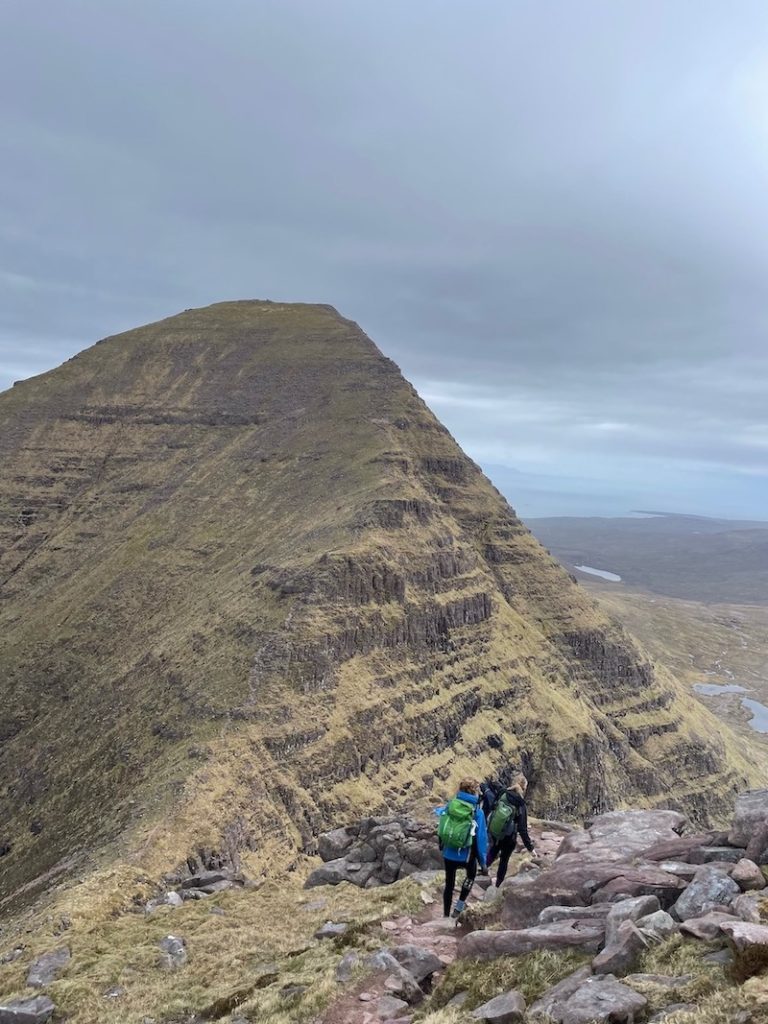
Hiking is a great way to explore the UK. There are thousands of miles of trails to discover, and no matter where you are in the country, you’re never too far from a beautiful hike.
However, there are a few things you should keep in mind.
Firstly, make sure you have a good map. The Ordnance Survey produces extremely detailed topographical maps of every inch of the UK, so you’ll never get lost. (And paper maps never run out of battery!)
Secondly, pack appropriately for the weather. The weather in the UK can be unpredictable, so it’s always best to be prepared for rain, sun and everything in between.
Thirdly, be aware of your surroundings and stick to the marked trails. In the UK, there are many “rights of way” which allow hikers to access certain areas, but it’s important to stick to the designated footpaths.
Finally, if you’re planning to hike in remote areas, make sure you tell somebody else where you’ll be, and have a plan for getting home. Public transport can be limited in rural areas, so it’s always best to have a backup plan.
Other UK Travel Ideas you may like
Pin to save or Share
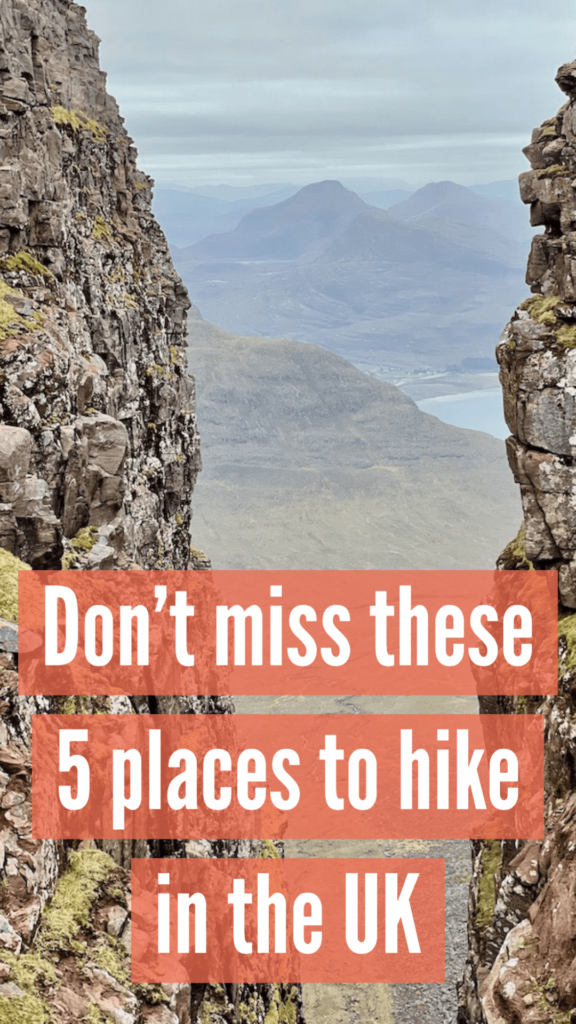
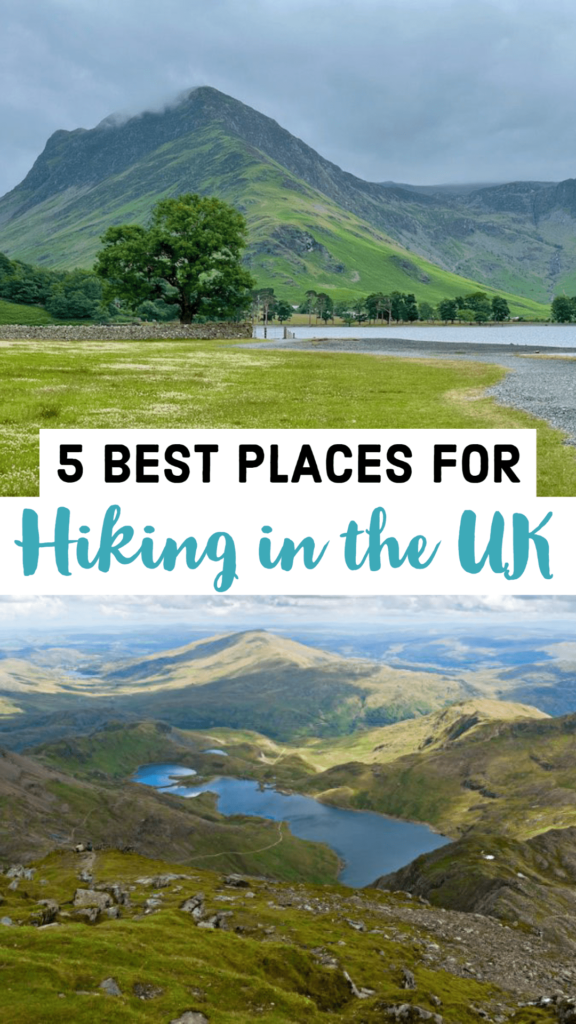
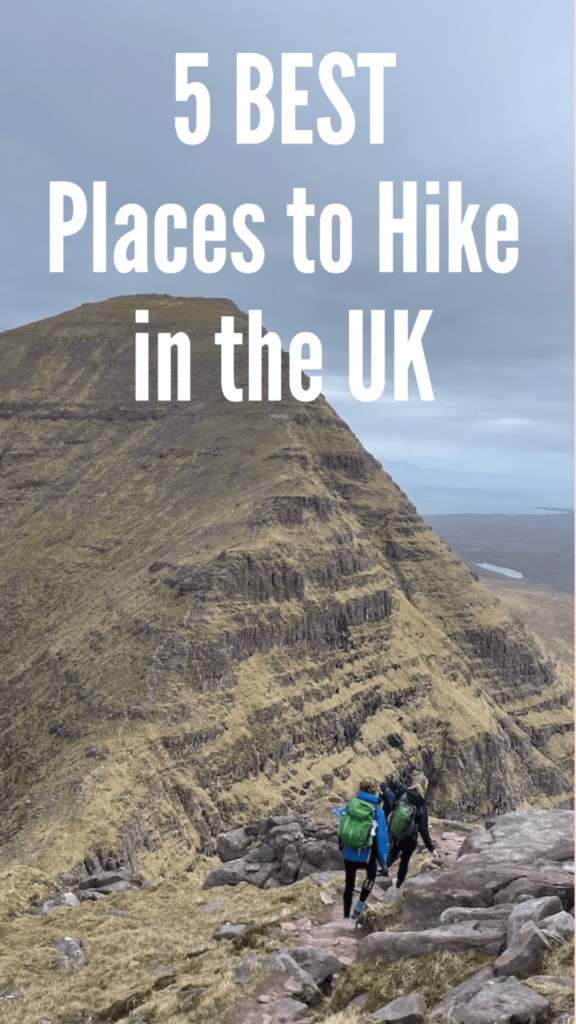
Comment: Where do you love to go hiking in the UK? Any secret trails or tips to share?
[ad_2]
Source link
